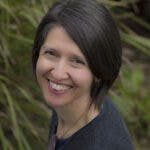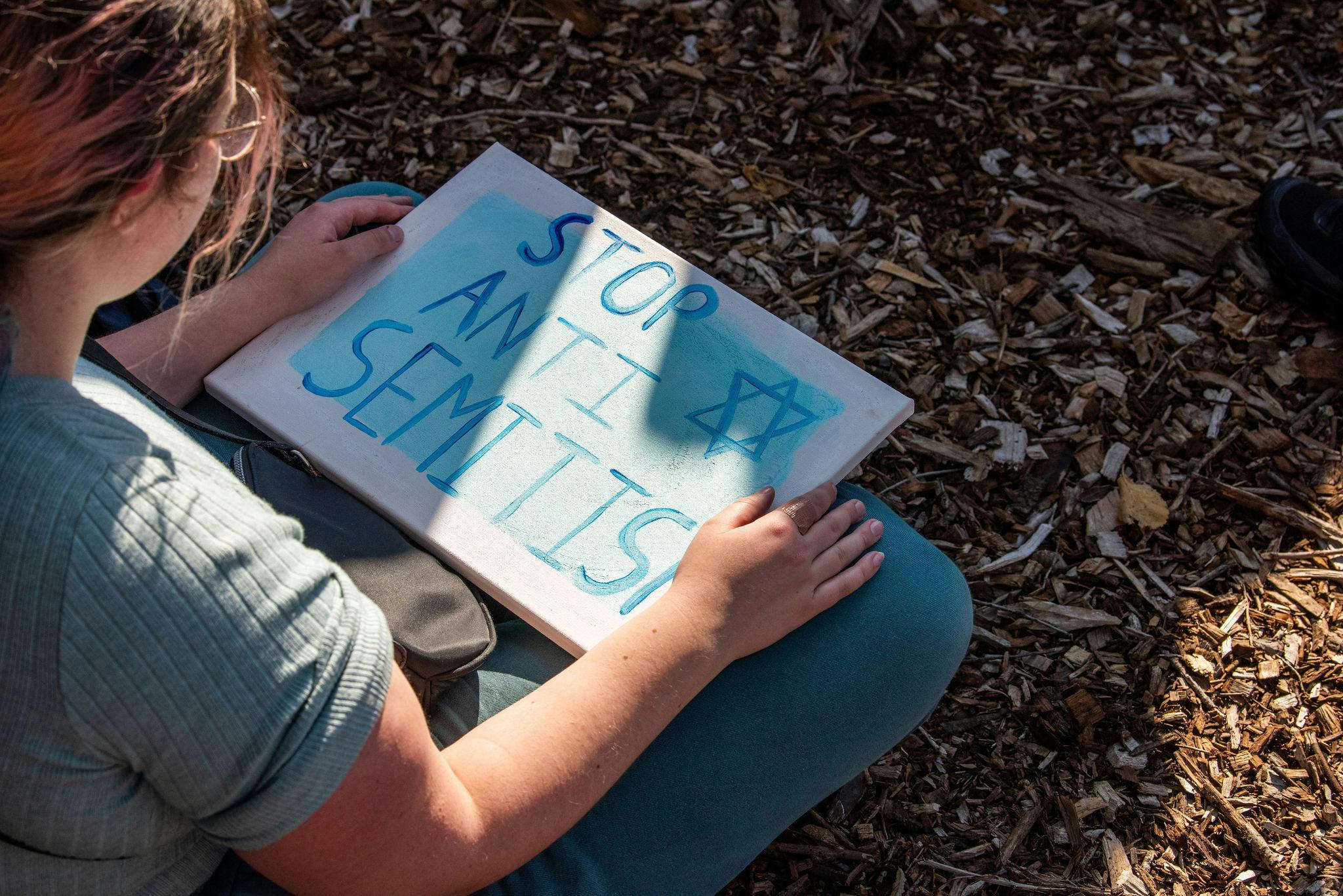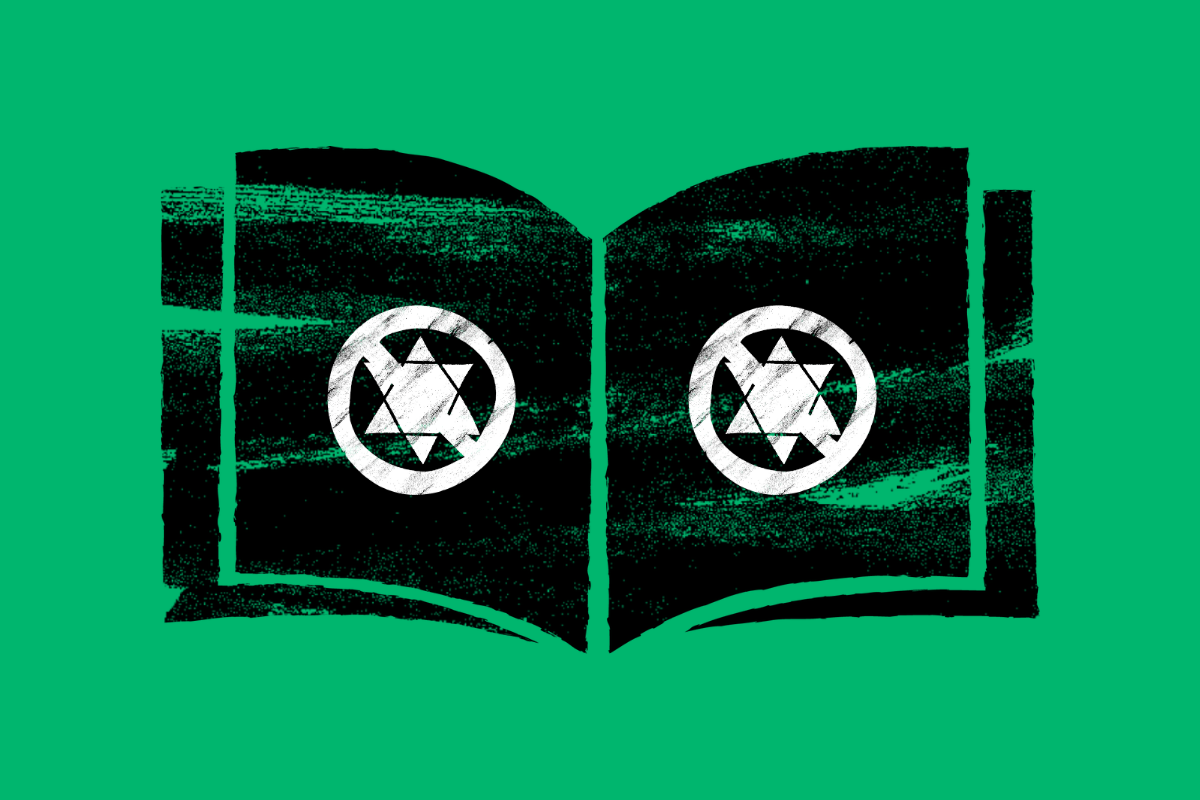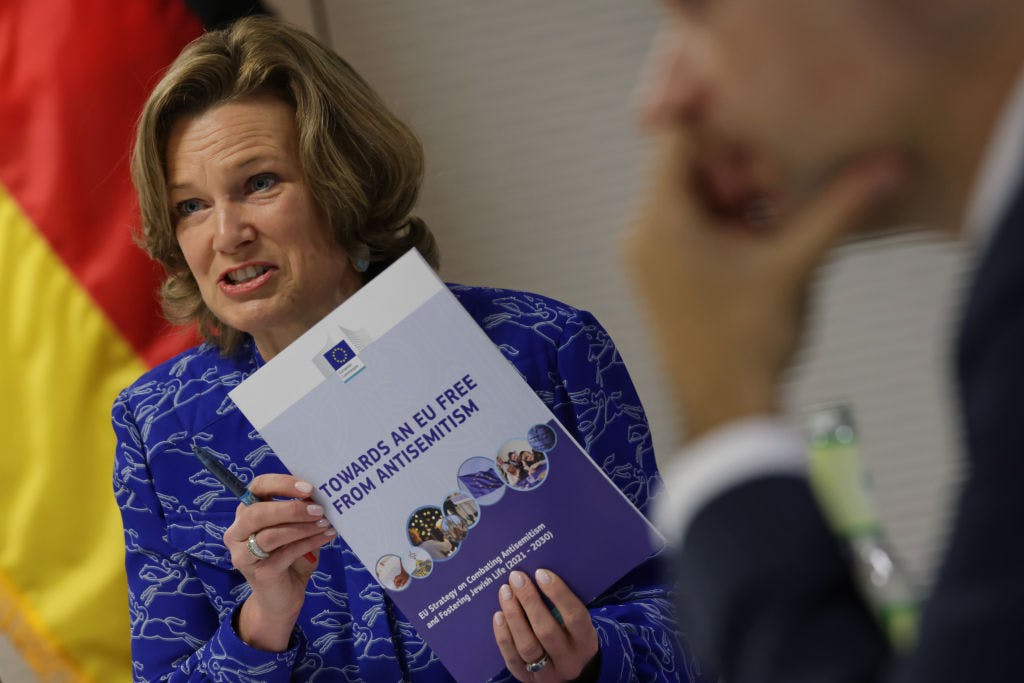Published: 24 October 2023
Last updated: 5 March 2024
After a seven-year redevelopment, the museum opens next month with a new name, look and purpose. CEO JAYNE JOSEM outlines the highlights of its transformation.
When Jayne Josem became a volunteer at Melbourne’s Holocaust Museum 22 years ago, its walls displayed facts about the Nazi genocide like a 3-D textbook. Information came from a set of four large Holocaust encyclopaedias but the key resource was the people.
“The survivors who founded the museum in 1984 were the living artifacts,” recalls Josem, who is stepping down after a five-year stint as CEO.
The museum began its life in just one building with the purpose of educating, mainly school students, as widely as possible. With community demand it quickly grew, expanding into two buildings, and in the 1990s, undertook its first redesign.
It was in 2010, in her first paid role as curator, that Josem reimagined the exhibition to bring survivors’ stories into the displays and connect donated objects or artifacts to the survivors they had belonged to.
But by 2015, the museum was once again at capacity, and no longer “fit for purpose”.
“The last thing a Holocaust museum wants is to be turning schools away because it can’t accommodate them,” Josem says. “We desperately needed a dedicated gallery to hold special exhibitions without being forced to limit the number of students in the space.”
To that end, in 2016, Josem, along with her staff, the volunteers and board, embarked on a seven-year journey to take the Holocaust Museum into the future.

The new version of the museum, renamed the Melbourne Holocaust Museum, and sporting an updated logo, reflects its evolution into a dynamic, modern, multimedia experience.
Inspired by Yad Vashem, it now includes the dedicated gallery for special exhibitions, a children's museum, flexible learning spaces, and a reinstallation of the Pillars of Witness sculpture by Andrew Rogers, among other innovative attractions.
According to Josem, the addition of moral dilemmas to consider has taken the permanent exhibition to the next level.
For example, she points to the inclusion of a 1936 photograph depicting hundreds of people saluting the Nazis. Amid the crowd, one person has his arms folded. He is highlighted with a circle.
“What sort of courage would it have taken to be that person? It makes you think, would I have been able to do that? We want people to be asking those types of questions throughout.”
The redevelopment also incorporates a memorial room, a space for the community to reflect and remember family members murdered during the Holocaust.
"Previously, the number of visitors in a year might have reached 10,000 but we’re now hoping to get well over 30,000 people."
Jayne Josem
“A lot of thinking went into the purpose of the various spaces in the new building and the words that came up included being a catalyst,” Josem explains.
“We teach about humanity, responsibility and resilience through the inspiring stories of survivors. There are themes of kindness, bravery and hope in those stories.”
In an average year, the old Holocaust Museum could host 23,000 students but over the next few years, Josem is aiming for more like 35,000 visitors to the new museum.
“Previously the number of general public over a year might have reached 10,000 including events, but we’re now hoping to get well over 30,000 people coming through to view our exhibitions.”
With the reopening of the centre scheduled for November, Josem confirms it’s ready to be unveiled to the public. “We recently opened a couple of our exhibitions and experiences to the people we know, and we were proud of their responses,” Josem says.
“We recently opened our youth focused exhibition, Hidden: Seven Children Saved, and the VR experience for testing and we have been thrilled with the public’s feedback” Josem says.
With $10 million funding from the federal government, the redevelopment expanded its initial budget of $16 million from community donations to $26 million. It also utilised pro bono support throughout from former architect Alan Synman, plus the services of Kerstin Thompson Architects and McCorkell Constructions.
Pulling the whole building down except for the façade required managing change not only for the organisation but for the within the Jewish community. For Josem’s lean team of staff, being charged with a massive project beyond their core capabilities was a big challenge.
“But the benefit was that my staff grew and diversified, and they all really stepped up,” she says. “They were incredible — just so dedicated, and I can't really thank them enough for the energy that went into this redevelopment.”
When Covid hit in 2020, the museum’s rebuild had to be suspended and, like other public institutions, it closed its doors to visitors.
“Our biggest concern during Covid was survivor welfare,” Josem says. “People were staying away from older community members for good reason, to avoid infecting them, but survivors became even more isolated as a result. It gave us a lot of perspective on our own struggles with lockdown.”
Josem remembers the pain of telling survivors that they could not come to the site. “They were just devastated,” she says. “Coming here every week was their purpose. They'd look forward to it, because although retelling their stories was hard, it made them feel valued.”
To make sure survivors were still in dialogue with the community, Josem’s team created Survivor Connect, a program which invited members of the public to write letters to survivors.
In addition, a virtual education program was developed, and survivors quickly got involved. “When the building was finished, survivors were the first to see it, which was a bit of a challenge with all the workers around, because it wasn't quite a safe site yet,” Josem explains.
“We made it safe and brought them all in, because we thought that among that group, some of them might not live to see the project fully complete.”

During her tenure, Josem has observed a revolution in how people access information about previously specialist subjects. In a sign of the times, the four Holocaust encyclopedias have been wedged under Josem’s laptop, while the internet has become a key source of information.
“We've come to expect museums to have more interesting and dynamic displays,” she says. “Concentration spans are shorter, so we need to present big topics that could be the thesis of a PhD in bite-sized chunks and communicate extremely succinctly. I take great pride in having managed a team that has delivered on this.”
Josem’s proudest achievement is successfully placing the organisation’s major focus on survivors at the “heart” of everything. “Survivors are the core of everything, I've carried that from my early days.
"As for this museum, we want it to be a place that inspires students to ask their parents to come back with them for another visit,” she says. “We want it to be a landmark destination in Melbourne.”
Concentration spans are shorter, so we need to present big topics in bite-sized chunks.
From volunteer to CEO, Jayne Josem says it’s time for a change of personal scenery. “I've loved (almost) every minute of working with this museum,” she says. “As a historian, I love curating and storytelling.
“But to do this place justice you need someone in the seat with high energy. I’ve had that drive but there’s a limit to how long you can keep it up.” Josem plans to spend more time with family and friends and continue working in the human rights area of the not-for profit sector.
Until then, her focus remains on the final touches before the reopening. Josem requests that people shelve any preconceived ideas about what they might encounter.
“There are incredible things to learn and provoke thought, even for people who know a lot about the Holocaust,” she says.
The building itself has been purposely designed as a beautiful and calming space. It’s a very comfortable environment in which to experience some uncomfortable content. “People will walk away feeling inspired rather than depressed and I think it is important that we don't forget.”
Photo: The redesigned and renamed Melbourne Holocaust Museum
RELATED STORY
Italian lawmakers debate long-delayed Holocaust Museum revived by far-right-led government (AP)
Italian lawmakers on Monday marked the 80th anniversary of the Nazi roundup of more than 1200 Roman Jews in the Holocaust with a debate on a measure to partially fund a long-delayed Holocaust Museum in the capital.




